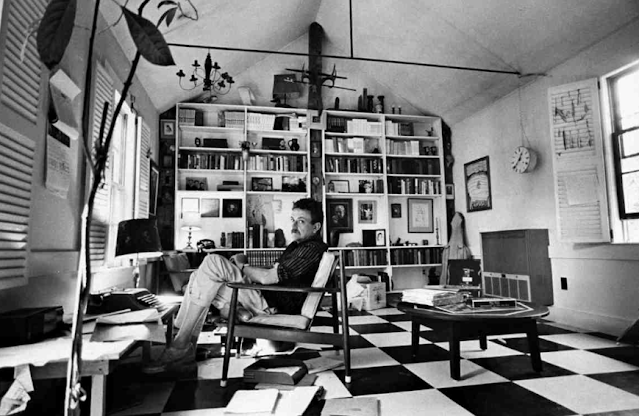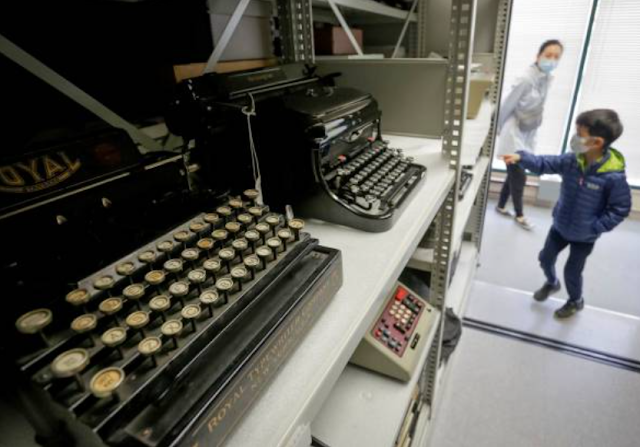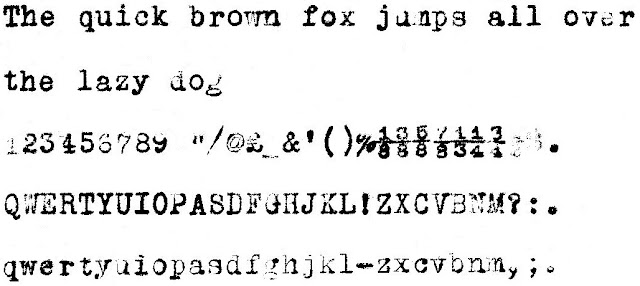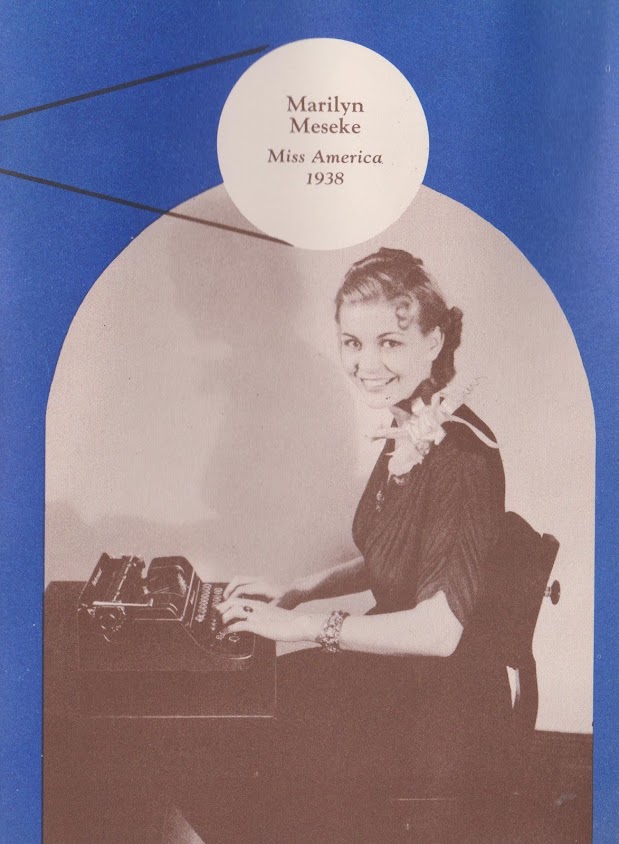The sash. The tears. The
glittering crown. And, best of all of course, the Underwood typewriter. In the eight
years that the Miss America pageant was staged in Atlanta City between 1925 and
1938, the thing the winners took home with them that proved to be of the most
lasting value was an Underwood portable. At that time, actuarial scientists had
calculated that the odds against a Miss America making a successful marriage
were 4-1 and that Miss America could expect “no more than 3.9456 years of
bliss.” Notwithstanding their luck with marriages, the Underwood typewriters offered
a lifetime of joy. Of those Miss Americas given Underwoods, we took a
look, back in March 2016, at the life of Fay Lanphier, who won the 1925 crown, and today we go to
the other end of the list of Miss Americas who were also Underwood typewriter
recipients, to Marilyn Meseke.

.jpg)


The first Miss America to
be given an Underwood typewriter, along with all her other prizes, was Fay
Elinora Lanphier, born at Greenwood, El Dorado, California, on December 12,
1905. Her father, Percivelle Casper Lanphier, died in Oakland in February 1920,
four days before the birth of a fifth son and leaving Fay's mother Emily a
widow with seven young mouths to feed. Aiming for a career as a secretary, Fay
stayed on at Oakland High School and graduated in 1924. That same year, as an
18-year-old, Fay won the Miss Alameda title, was crowned Miss California and
came third in the Miss America contest. In 1925 the strawberry blond,
hazel-eyed Oakland typist became the first Californian to take out the Miss
America title (she was also Rose Queen, and the only contestant in Atlantic
City to represent an entire state).






By 1961, Royal portables had become associated with Miss America pageants. Above, actress Joan Crawford prepares to be a judge
for the pageant in Los Angeles.



























.jpg)


















.jpg)







